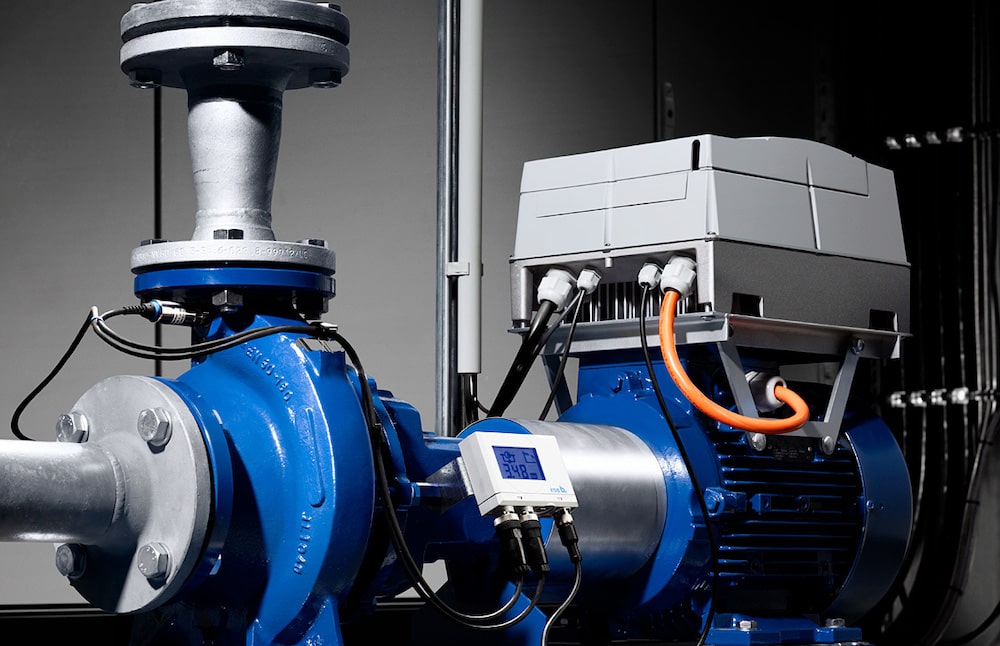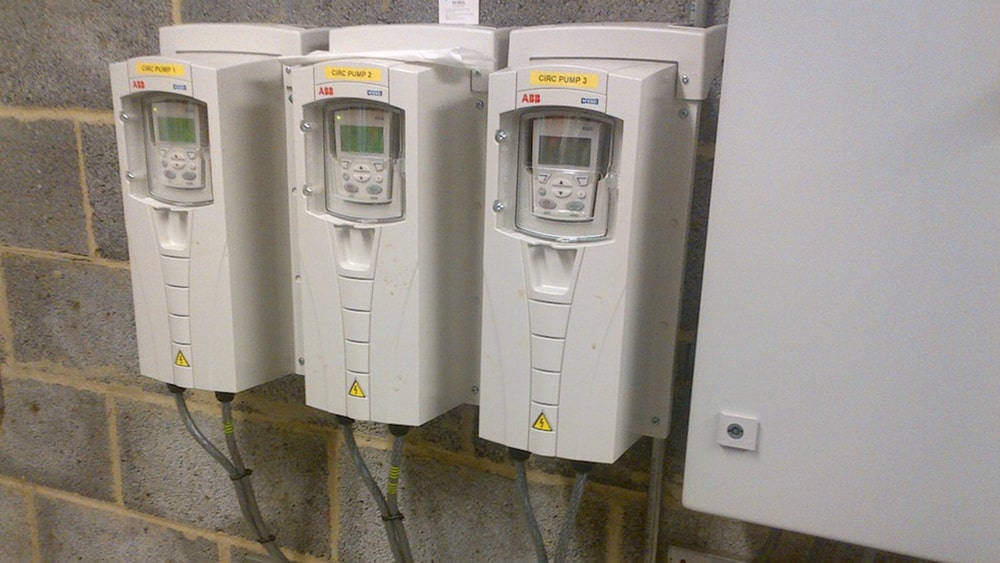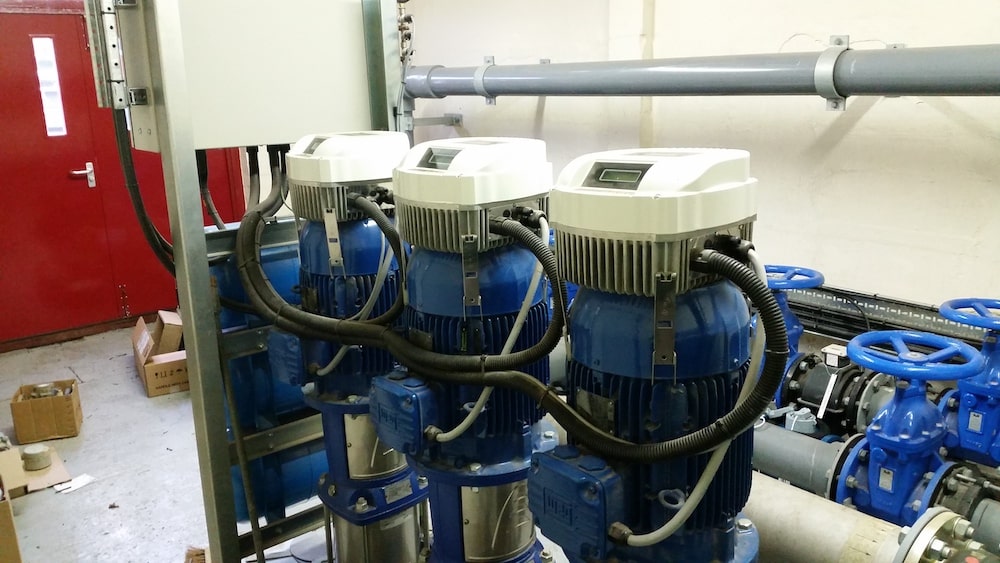How you could reduce pump energy bills by up to 40%
 Posted on 15th June, 2023 by Dura Pump
Posted on 15th June, 2023 by Dura Pump 
Many organisations rely on pumps to power their functions, from heating and cooling, to raw materials on a production line. These pumps can come in all sizes and configurations, some of which may run 24 hours a day, 365 days a year, so making sure that these are operating in an energy efficient way is vital, especially when considering that running a single pump like this may cost tens of thousands of pounds a year.
So what are the key ways you could reduce your energy consumption?
Upgrade Old Technology
A design feature common to many older pumps is their belt-operated design, where the motor and impeller are linked by a belt that transmits power from one to the other. They key thing to note here is that the belt operation itself reduces the efficiency of the whole system by around 20%, compared to the same pump powering the system directly.
When combined with the capabilities of new pumps, these represent a massive opportunity for energy savings.
Better Controls
Old-fashioned pump controls generally just allowed for two options, on or off. With modern sensors and inverters, pumps can be controlled intelligently, only switched on when they are needed to operate, and the power level tailored to suit demand.
Through this improved way of working, even existing systems can have their efficiency greatly improved, and when combined with more modern pumps the improvements can be dramatic.
Modern Pumps
Old pumps are often less reliable than modern ones and also may be inherently less efficient, with a much smaller modern pump able to do the job of a larger one from yesteryear. Some of our recent projects have seen us reduce the pump size required down from 37kW versions to 18kW ones, saving the users 195,000kWh of electricity and £65,000 per year
Modern pumps will also generally have access to much better availability of spare parts and better reliability, making sure that costly down-time can be avoided.






